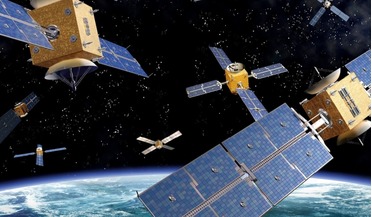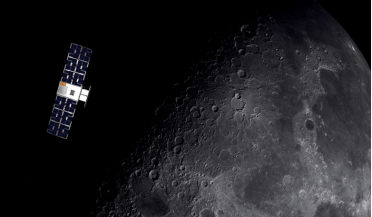 September 2019
Expectations in a connected world
September 2019
Expectations in a connected world
... is imperative in ensuring reliable and flexible control of this ever-growing environment. A global network of data exchange satellites. For satellite and terrestrial operators alike, gone are the days that any single operator has full control...
 October 2021
Congested, contested... under-regulated and unplanned
October 2021
Congested, contested... under-regulated and unplanned
... rise of the mega-constellations has set a new precedent in orbital congestion, simply as a result of the increased number of satellites. But that is only part of the story: it’s also an issue of regulation and planning which, as Stuart Eves explains...
 June 2022
In-orbit servicing and the future of the space industry
June 2022
In-orbit servicing and the future of the space industry
... of these orbits, which all cross Earth’s poles, create the perfect condition for high-speed collisions. Satellite servicing includes several operations: transportation, life extension, phasing, repair and maintenance and disposal Consider the...
 June 2022
Finnish start-up ReOrbit aims to revolutionise space industry
June 2022
Finnish start-up ReOrbit aims to revolutionise space industry
... In a blog written by Sarah Sheard, for Carnegie Mellon University in 2014, it was predicted that the future development of satellites would require bringing in software engineers as partners from day one but up until now, the technological challenge...
 September 2023
Satellite manufacturing - building to size, speed and security
September 2023
Satellite manufacturing - building to size, speed and security
...a reliable resource for the space industry. Speed was another question: how will we facilitate and expedite satellite output and enhance productivity? In addition to skilled labour, Terran Orbital has implemented robotic assembly automation to ensure...
 October 2023
The impact of weather on Ka-band frequencies
October 2023
The impact of weather on Ka-band frequencies
... European ground station locations. Advantages of Ka-band Traditional satellite networks operate at lower frequency bands, such as ... efficiency is low, which limits the overall satellite capacity. If a satellite uses spot beams, the same frequency can...